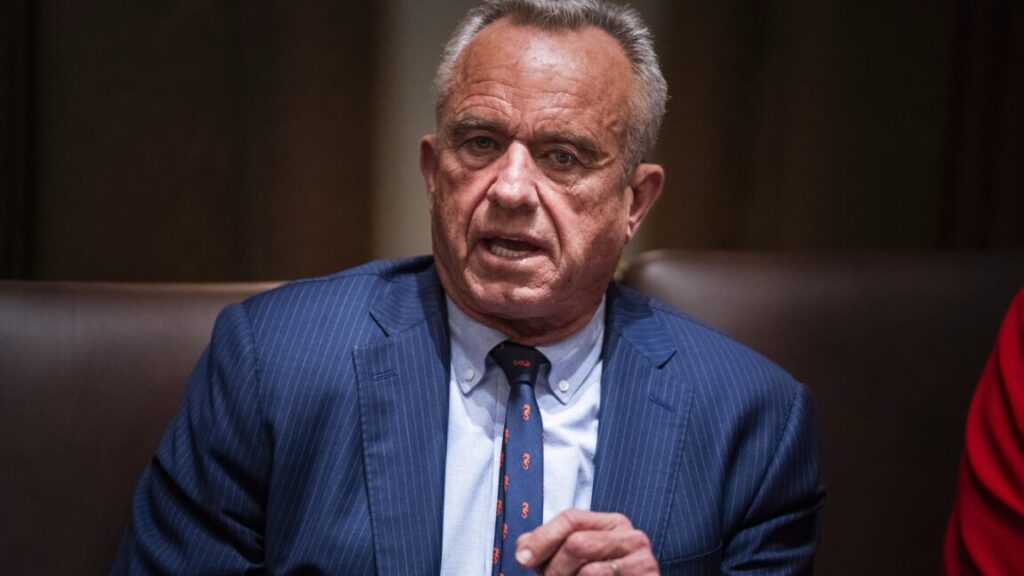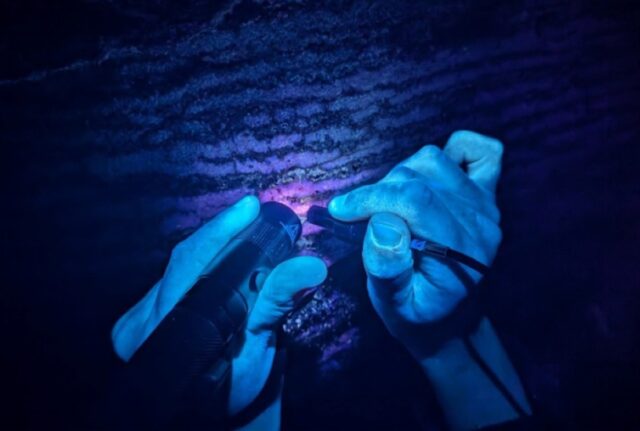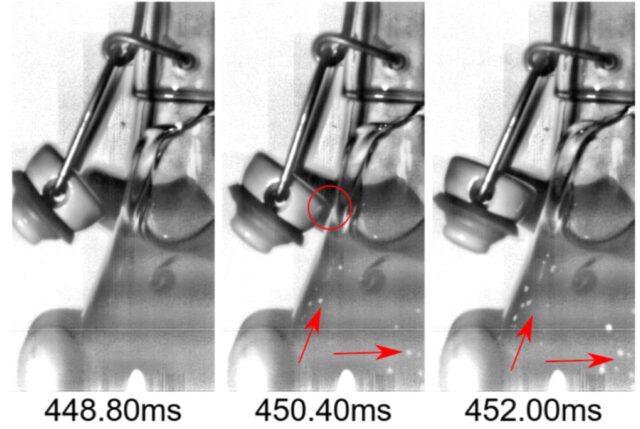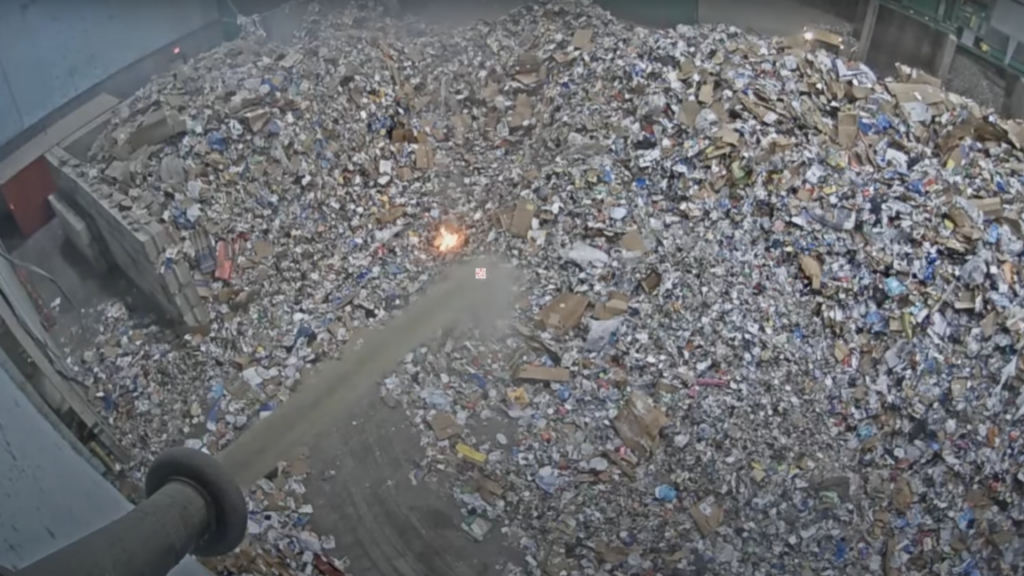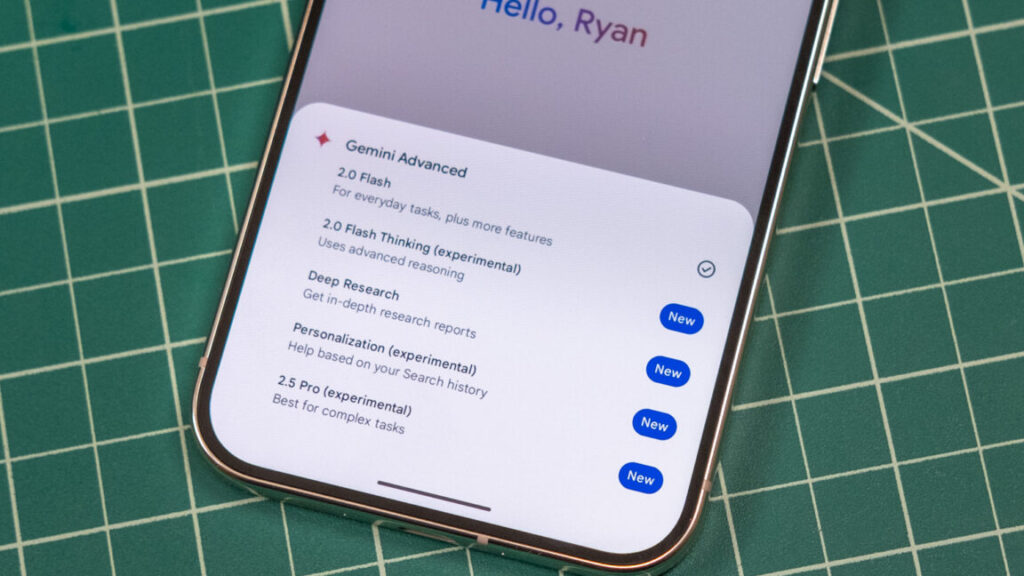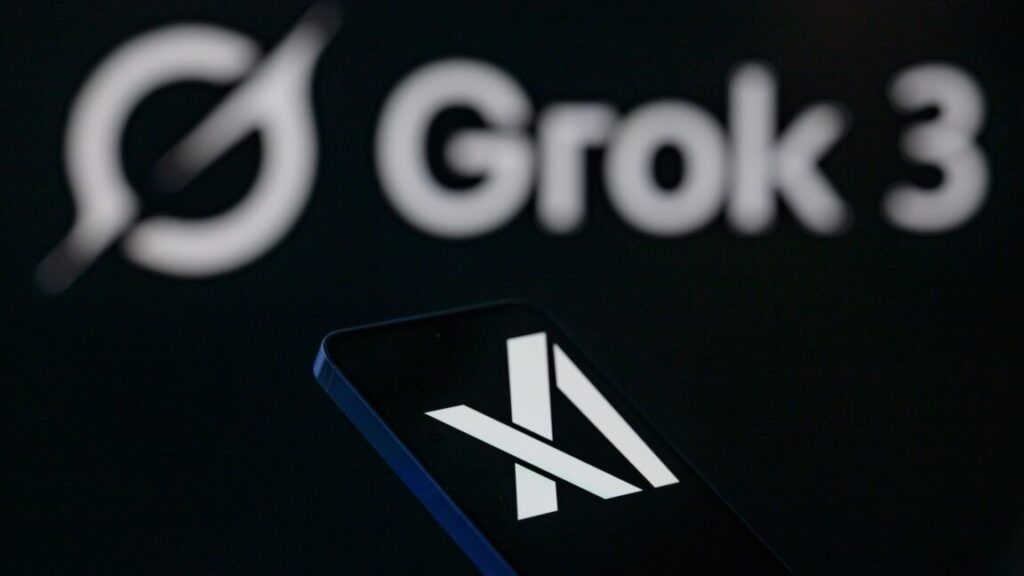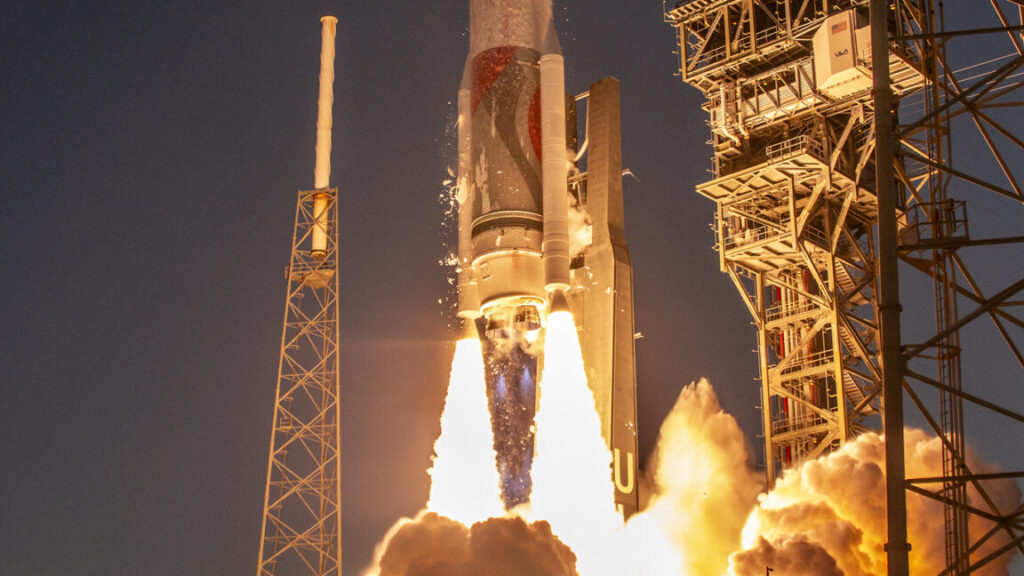“Chaos” at state health agencies after US illegally axed grants, lawsuit says
Nearly half of US states sued the federal government and Secretary of Health and Human Services Robert F. Kennedy Jr. today in a bid to halt the termination of $11 billion in public health grants. The lawsuit was filed by 23 states and the District of Columbia.
“The grant terminations, which came with no warning or legally valid explanation, have quickly caused chaos for state health agencies that continue to rely on these critical funds for a wide range of urgent public health needs such as infectious disease management, fortifying emergency preparedness, providing mental health and substance abuse services, and modernizing public health infrastructure,” said a press release issued by Colorado Attorney General Phil Weiser.
The litigation is led by Colorado, California, Minnesota, Rhode Island, and Washington. The other plaintiffs are Arizona, Connecticut, Delaware, the District of Columbia, Hawaii, Illinois, Kentucky, Maine, Maryland, Massachusetts, Michigan, Nevada, New Jersey, New Mexico, New York, North Carolina, Oregon, Pennsylvania, and Wisconsin.
Nearly all of the plaintiffs are represented by a Democratic attorney general. Kentucky and Pennsylvania have Republican attorneys general and are instead represented by their governors, both Democrats.
The complaint, filed in US District Court for the District of Rhode Island, is in response to the recent cut of grants that were originally created in response to the COVID-19 pandemic. “The sole stated basis for Defendants’ decision is that the funding for these grants or cooperative agreements was appropriated through one or more COVID-19 related laws,” the states’ lawsuit said.
The lawsuit says the US sent notices to states that grants were terminated “for cause” because “the grants and cooperative agreements were issued for a limited purpose: to ameliorate the effects of the pandemic. Now that the pandemic is over, the grants and cooperative agreements are no longer necessary as their limited purpose has run out.”
“Chaos” at state health agencies after US illegally axed grants, lawsuit says Read More »
